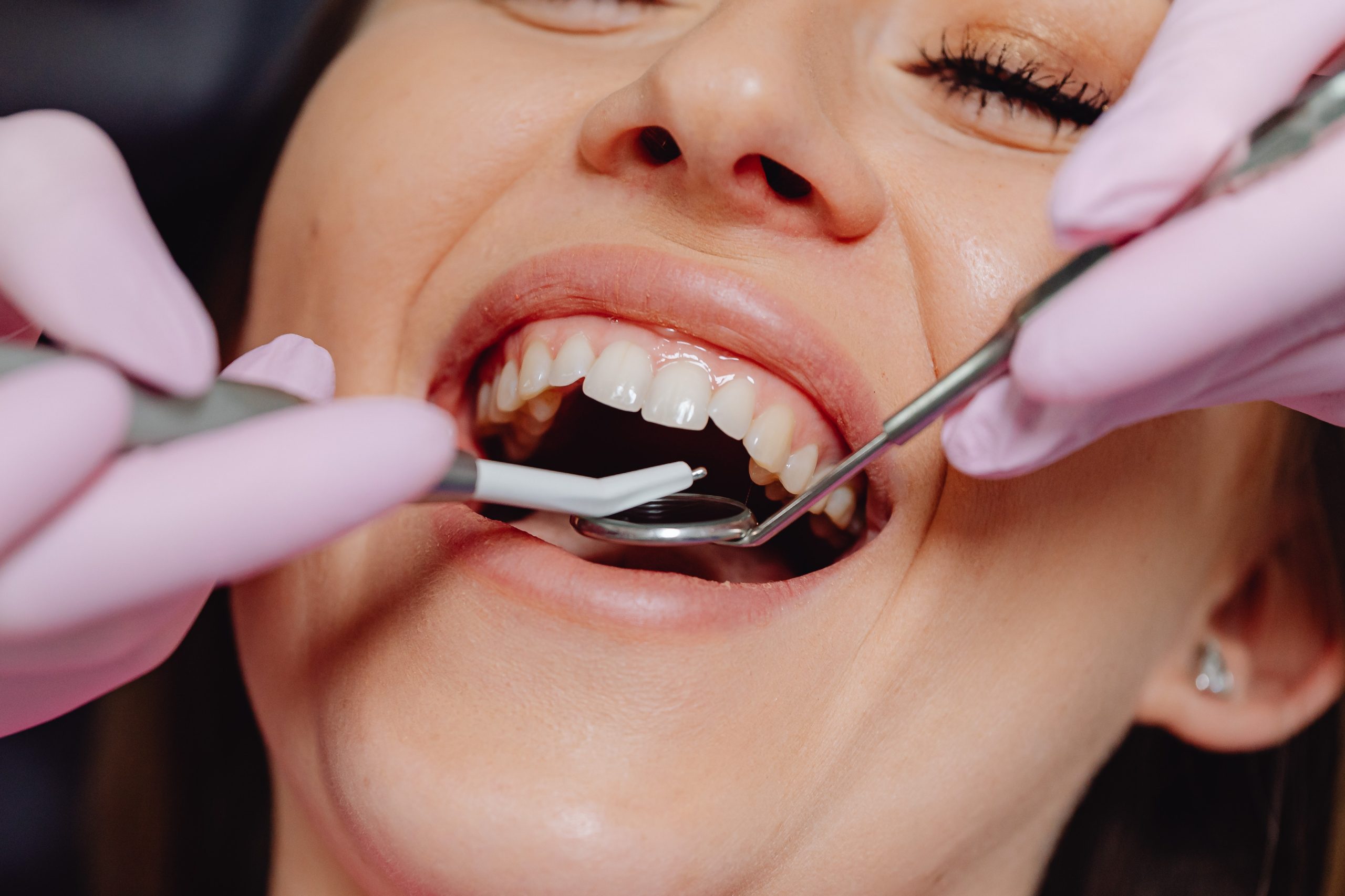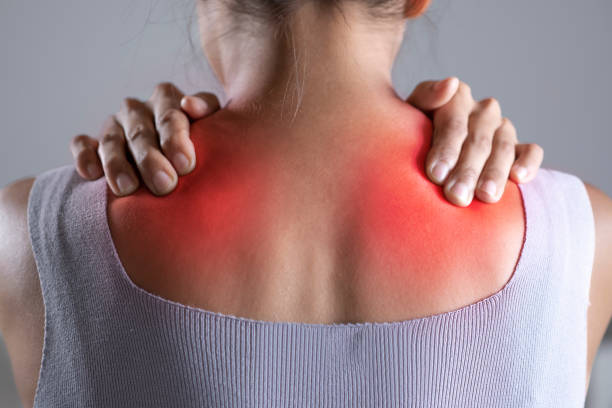Six Methods of Minimizing Scarring after a Breast Augmentation
Breast augmentation refers to a surgical technique for enlarging a woman's breasts. Breast augmentation surgery can also be done as reconstructive breast surgery following mastectomy. It is an autologous procedure in which the patient receives tissue from her chest wall or other body parts. It can also be done in an alloplastic one where implants are inserted.
The purpose of any surgery is to promote healing with minimal amount of scarring. Poor healing and severe scarring are tissue-related conditions, and no amount of operative technique can prevent them. Age, genetics, pre-existing medical problems, and smoking contribute to this. After breast augmentation, the skin sutures should be dissolved in 3-6 weeks, and by three months, the scar should be hardly noticeable. This article will discuss the various ways of minimizing scarring after breast augmentation.
1.Cortisone Creams or Injections
Cortisone creams or injections are applied locally to the skin to reduce the open wound, pain, and healing. They are useful in a few types of wounds following surgical procedures, such as the scar from liposuction surgery and incisions from breast augmentation. Cortisone can be given intravenously or subcutaneously under the skin. These treatments have been known to reduce pain and promote healing effectively.
After a breast augmentation procedure, it is important to use cortisone creams to reduce pain, promote healing and make your skin feel smoother. This is because the area around the breast is sensitive, and the healing process is slow.
2. Antibiotic Therapy
Sterile surgical procedures should be used to prevent bacteria from entering the wound. Even though this can be done in most cases, antibiotics may be given to reduce the incidence of infection and promote healing. Antibiotic therapy is usually administered intravenously or orally.
The dose is usually 800 mg of cefazolin thrice daily for 14 days. The antibiotics can be applied topically to the wound by using a small amount of ointment and a bandage to keep it on the skin. Antibiotic therapy has been proven extremely effective in reducing pain, promoting healing, and minimizing scarring after a breast augmentation procedure.
Mostly, after a breast reduction, people will not seek to use antibiotic therapy because the fat layer is thicker and the skin is stronger. In this case, using antibiotics is a good idea to achieve faster healing and prevent infection. The function of antibiotics is to destroy harmful bacteria and prevent them from attaching to the skin.
3. Drainage of Seroma
As part of the breast augmentation procedure, a pocket is created in the breast to receive the implant. This can lead to a seroma, the accumulation of excess fluid under the skin. Seromas usually occur in the first two weeks after surgery but can also happen later.
They must be drained out since they can cause scarring and other problems. Drainage may be performed using a needle or medications. This method is usually applied if the patient is not too young, if there are other serious medical conditions and if the patient has a history of seroma formation.
This procedure mainly benefits young patients, older ones, and people prone to seroma formation. Although no specific method can universally reduce scarring after breast augmentation, draining seroma is a good way of preventing it.
4.Anti-scarring Agents
These agents can be applied after incisions have been made in the skin. They promote healing by stimulating collagen formation, which helps with local scarring and tissue regeneration. They are also effective in repairing tissue loss due to lack of blood supply or trauma to the area.
They are useful in minimizing scarring after breast augmentation, especially when the incisions are made in an area that is highly visible to other people. anti-scarring agents can be applied using the following methods :
- The agent may be injected into the wound directly.
- Surgical procedures involving incisions may have an anti-scarring agent applied directly to the surgery site.
- Anti-scarring agents may also be applied topically, by covering them with a bandage.
5. Accelerated Scar Creams
These creams are also referred to as specialty scar creams. They contain many ingredients that have been proven to reduce the appearance of scars. They are typically applied by healthcare professionals but can also be used at home. They are meant to be applied within the first month after surgery and then daily until the scar has faded enough. These scar creams effectively reduce the appearance of scars, particularly those on the breasts.
6. Prophylactic Silicone Sheets
Silicone-coated sheets are sometimes used to cover the surgical area after surgery. This helps in two ways: it prevents friction between the implant and incision site and helps with tissue healing since silicone is a sterile material. This is useful in minimizing scarring if you have breast augmentation, liposuction, and other types of plastic surgery.
This method reduces the visibility of scars, particularly on the breast. It has minimal side effects and is extremely effective in reducing the appearance of scars.
7. Physical Therapy
Physical therapy can be an effective way to help heal the wound and minimize scarring after breast augmentation. It promotes tissue healing by strengthening muscles in the incision area and helps control muscle spasms, reducing pain and promoting healing.
Some physical therapies administered are :
- Deep Tissue Massage
- Ultrasound
- Electrical Stimulation
There are a variety of different physical therapies used in the healing process after surgery. Depending on their genealogy, age, and other medical conditions, these will affect each person's recovery. Certain types of physical therapy will facilitate scar tissue removal, whereas others can also encourage its formation.
In conclusion, no single approach is guaranteed to minimize scarring after a breast augmentation. The use of anti-scarring agents can be very useful, especially when combined with cortisone creams and antibiotics. However, the approach to minimizing scarring depends on the procedure and what is best for the patient in terms of healing, pain relief, and overall condition following surgery.





